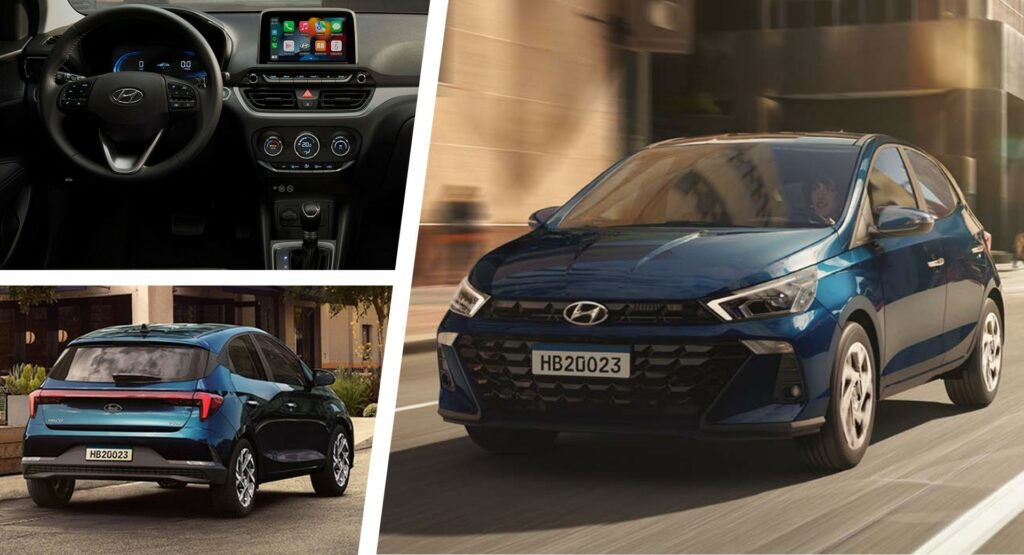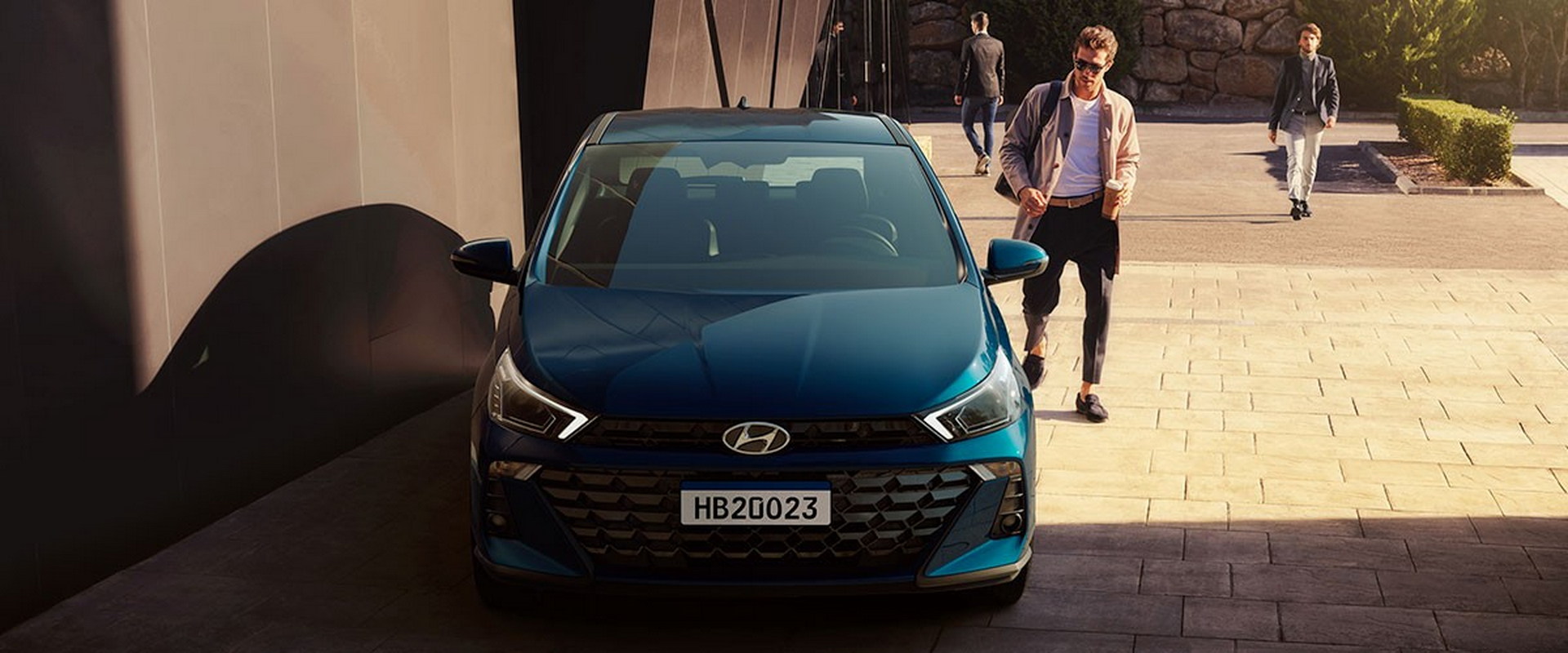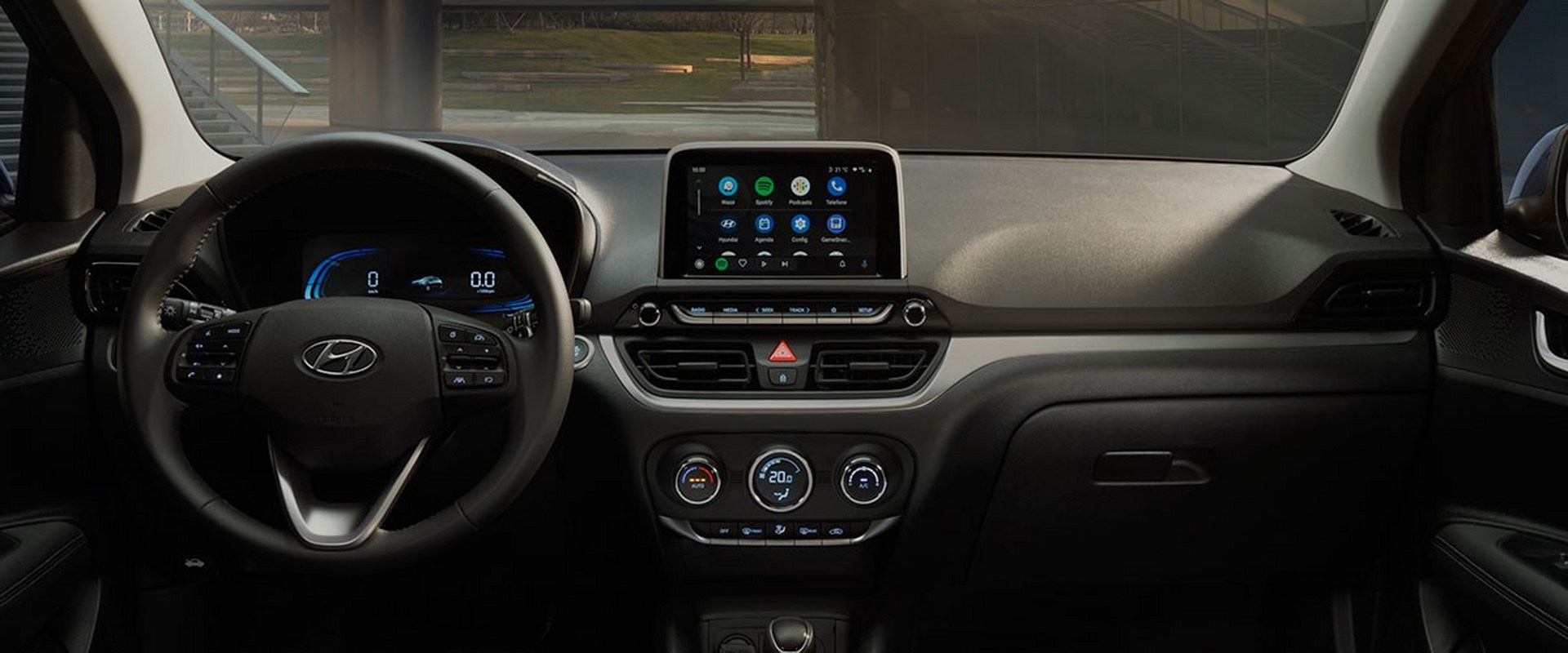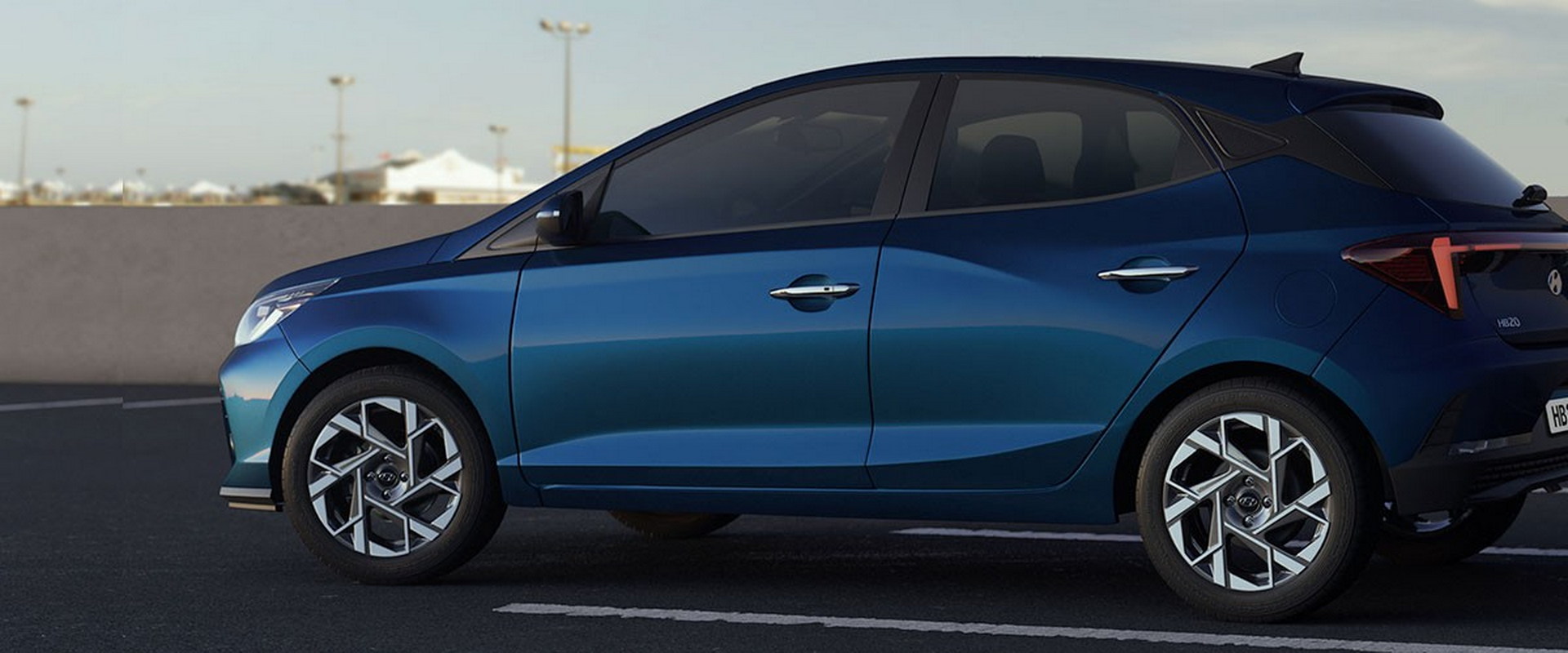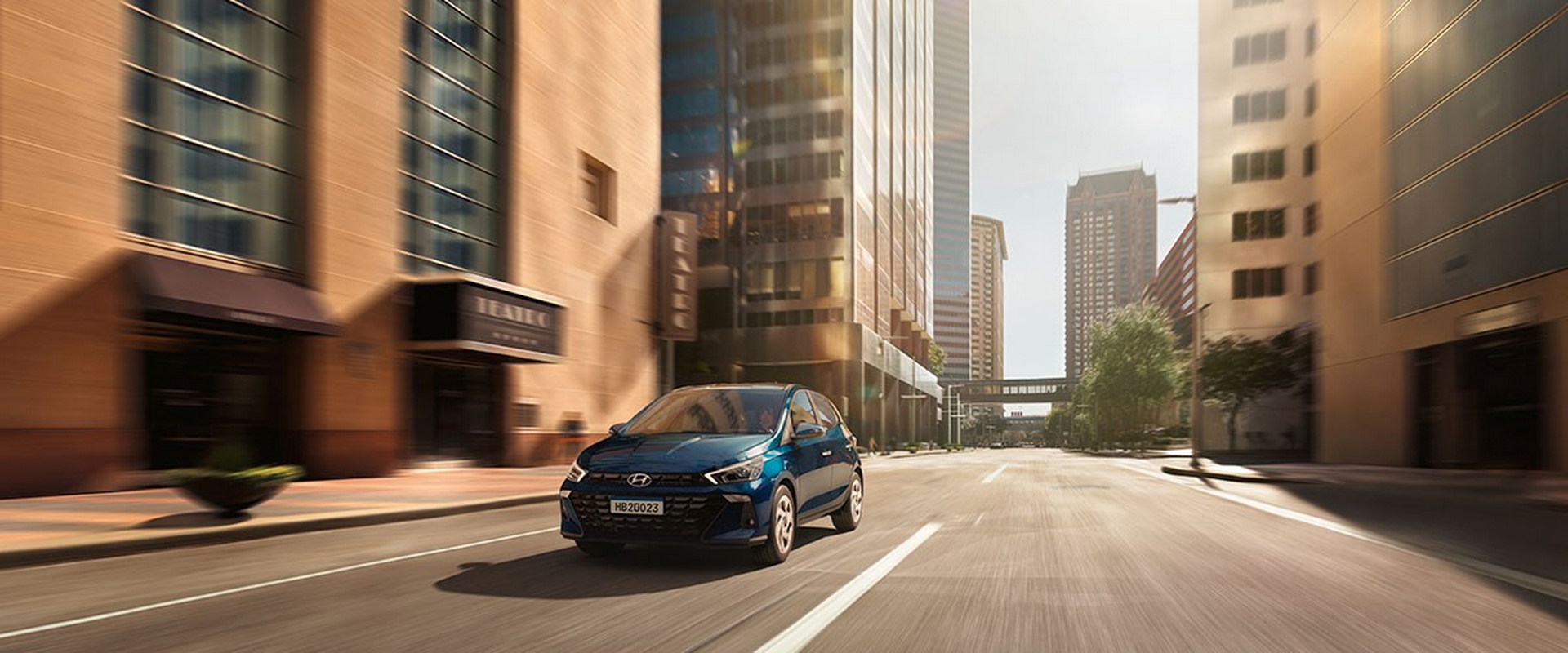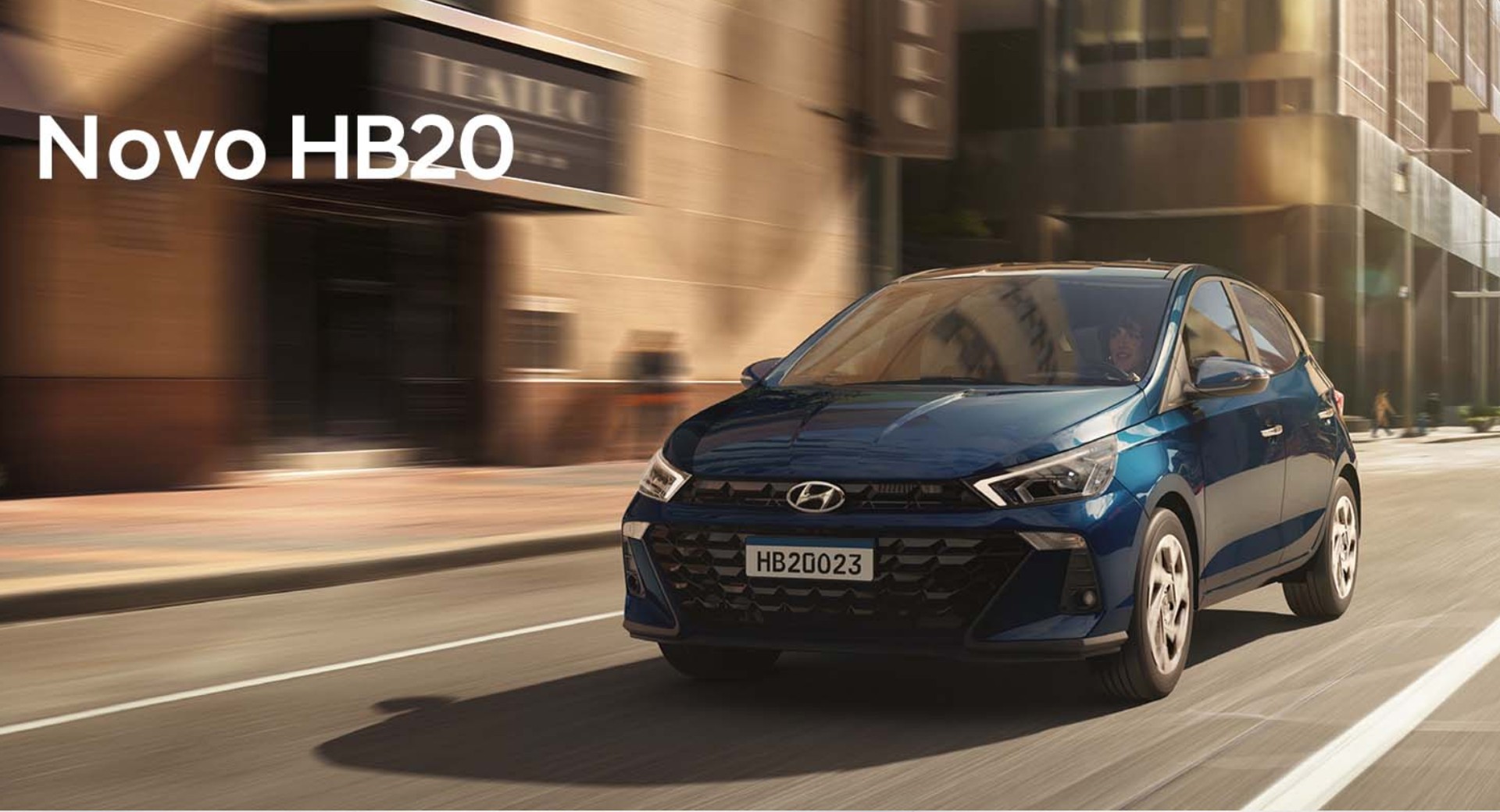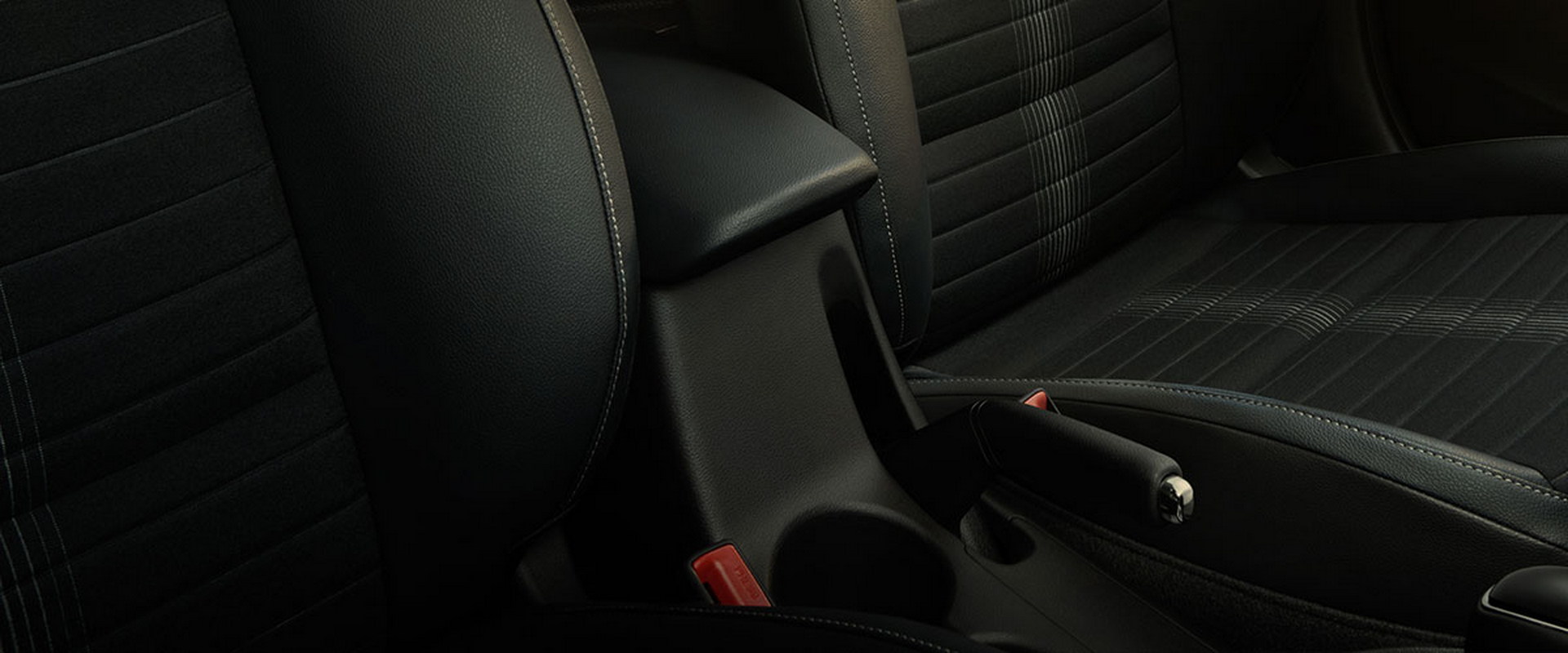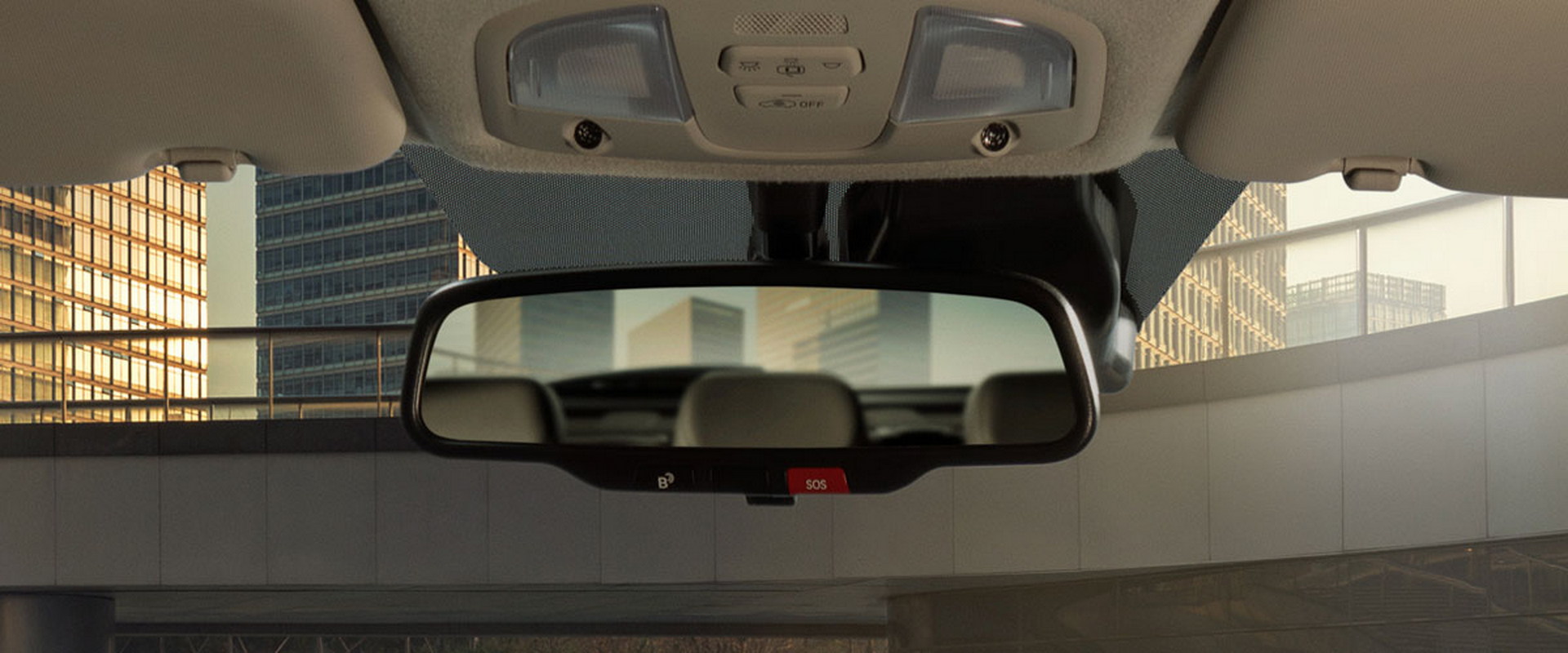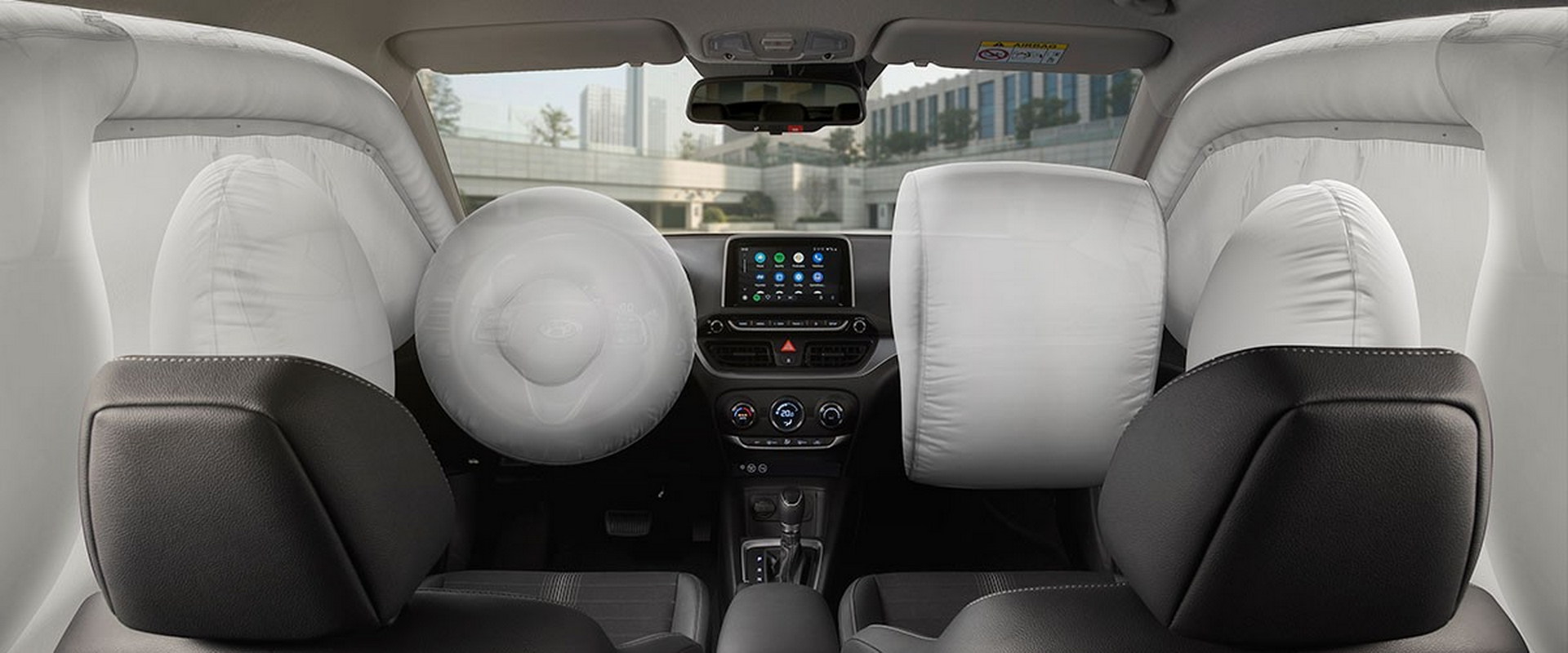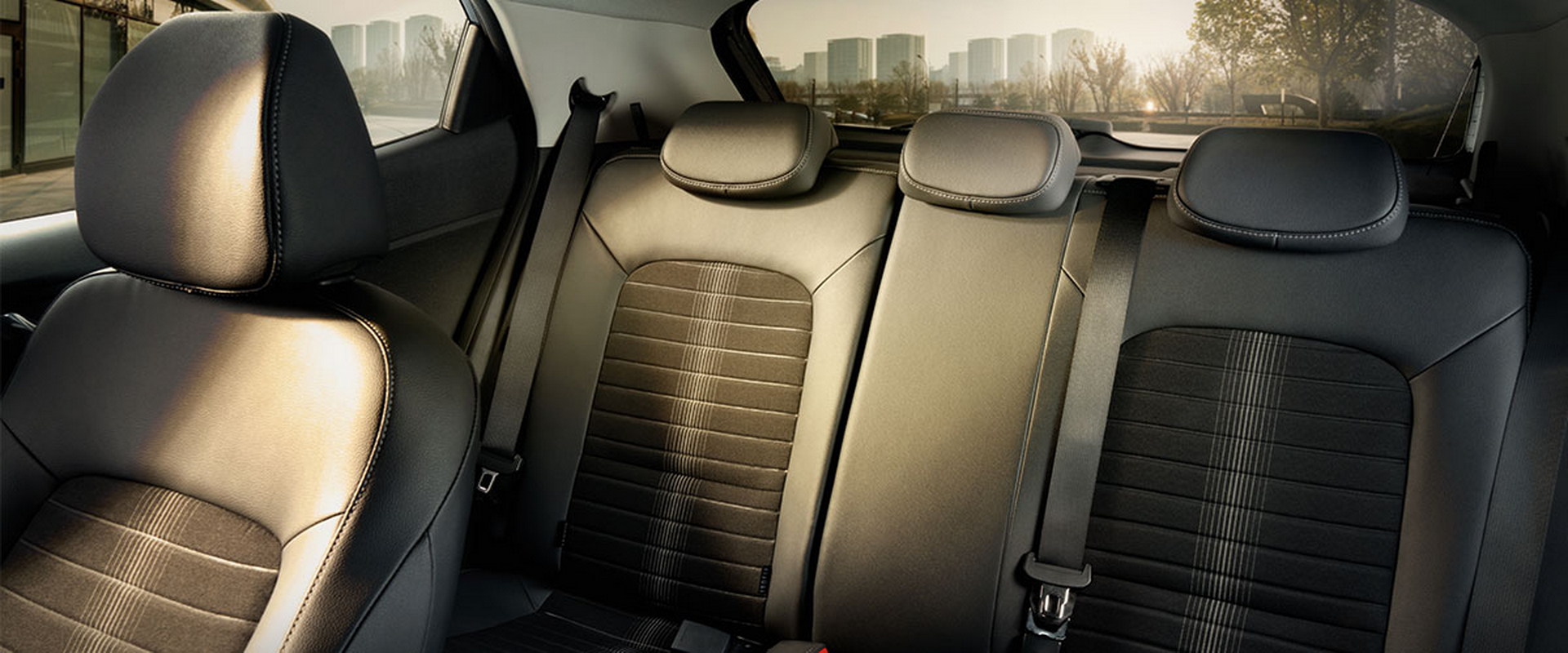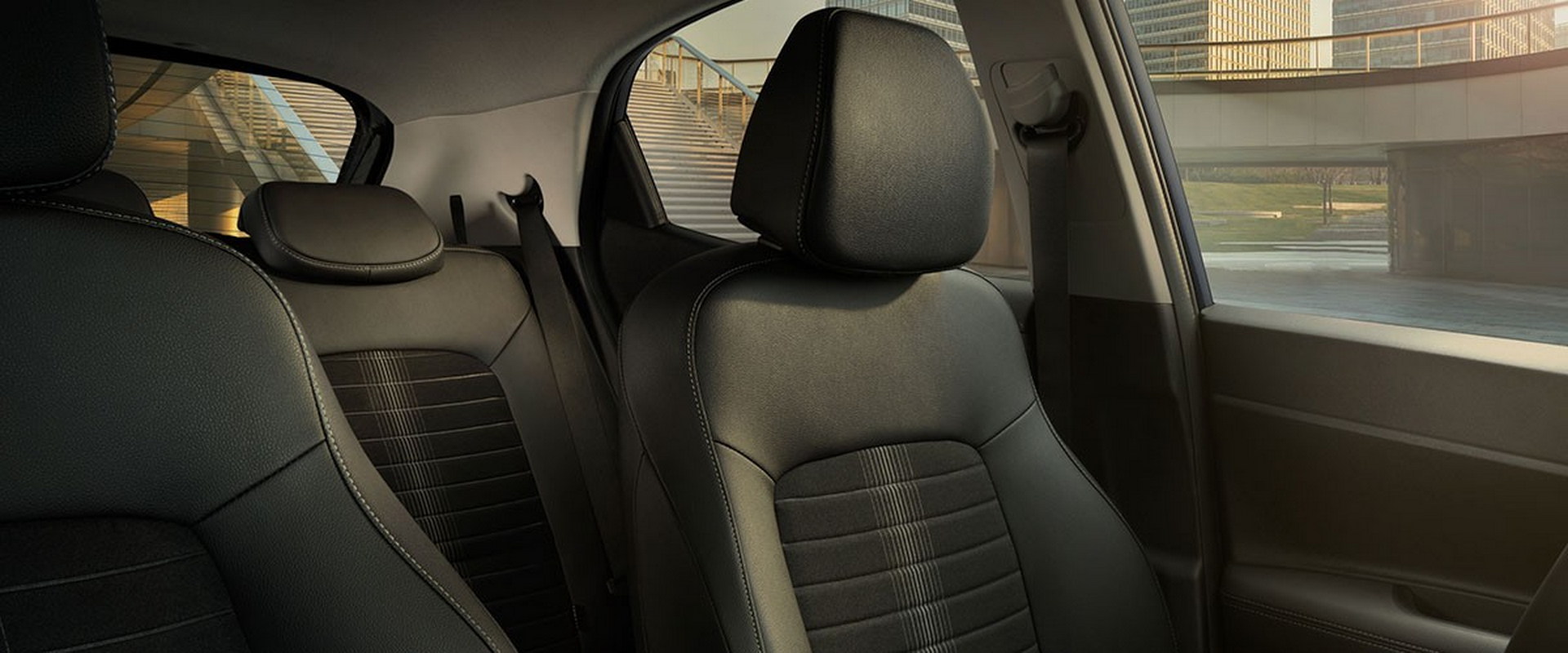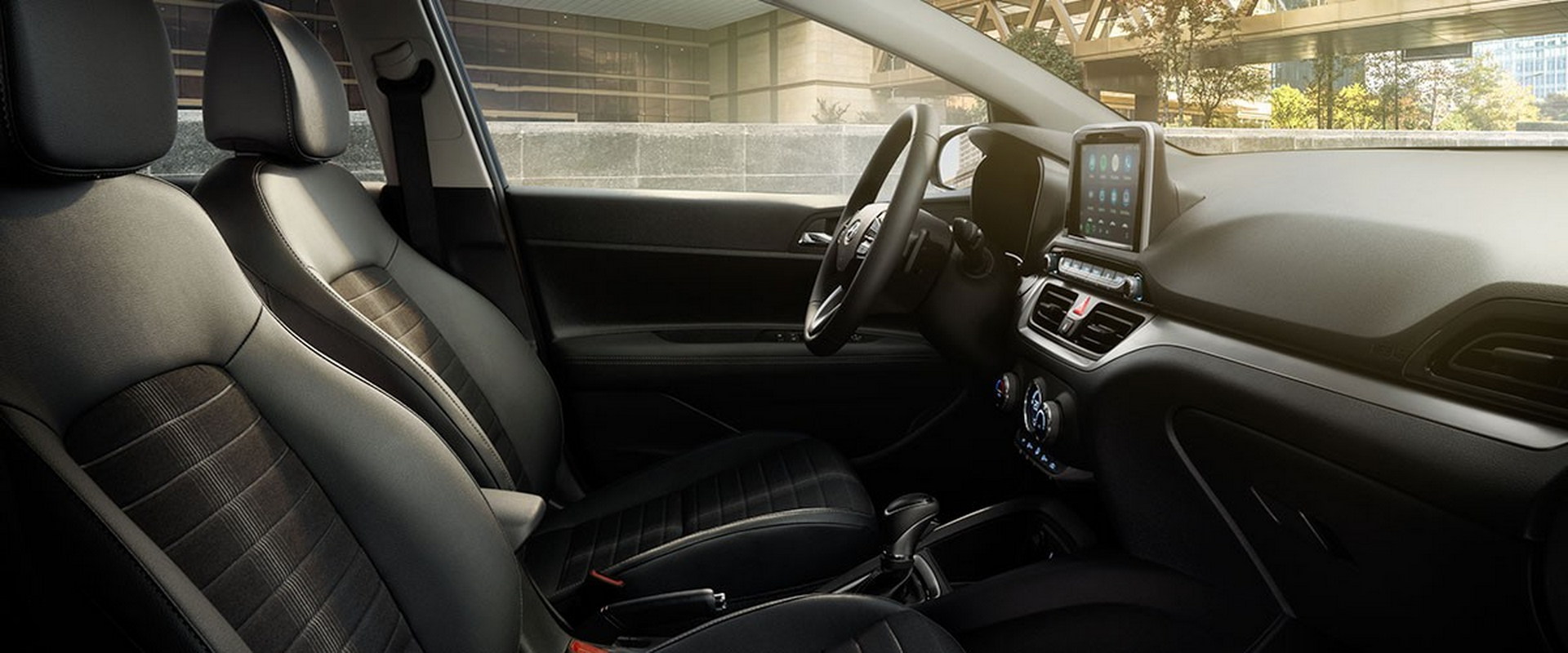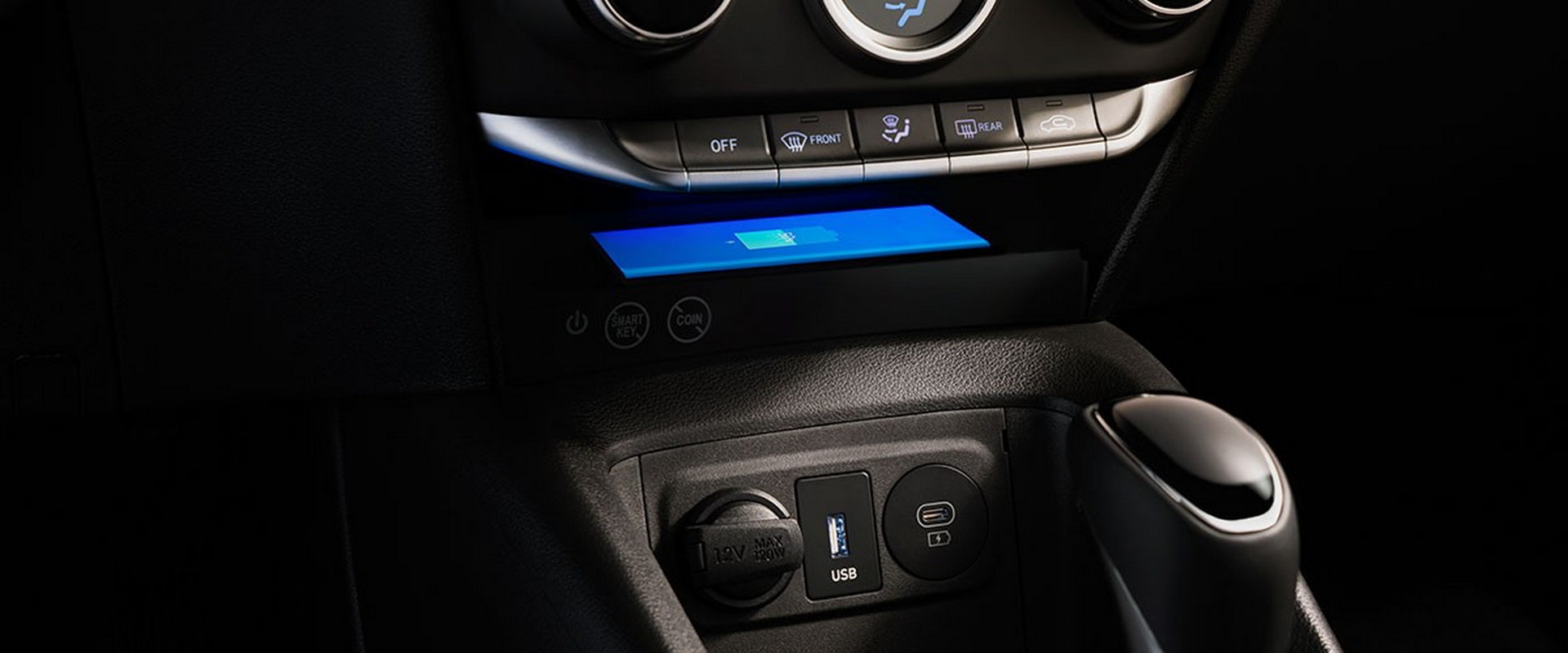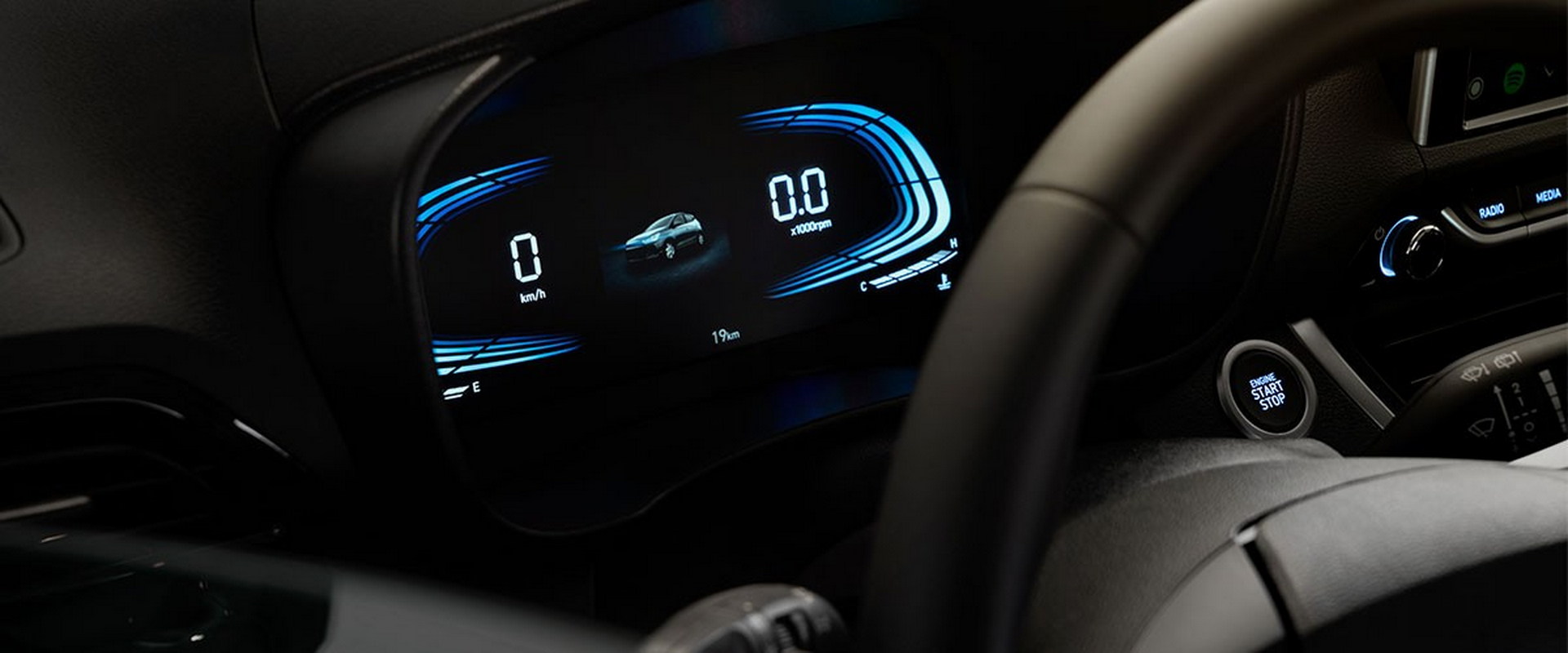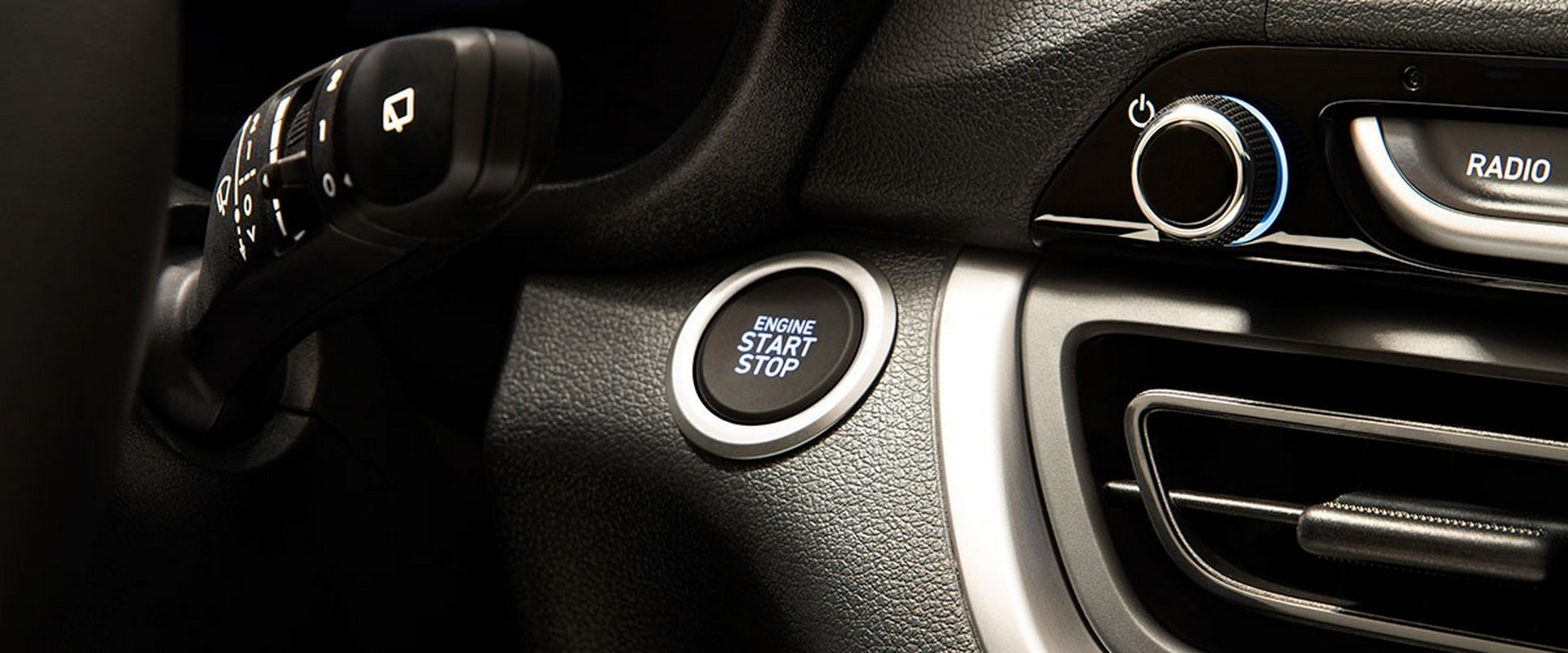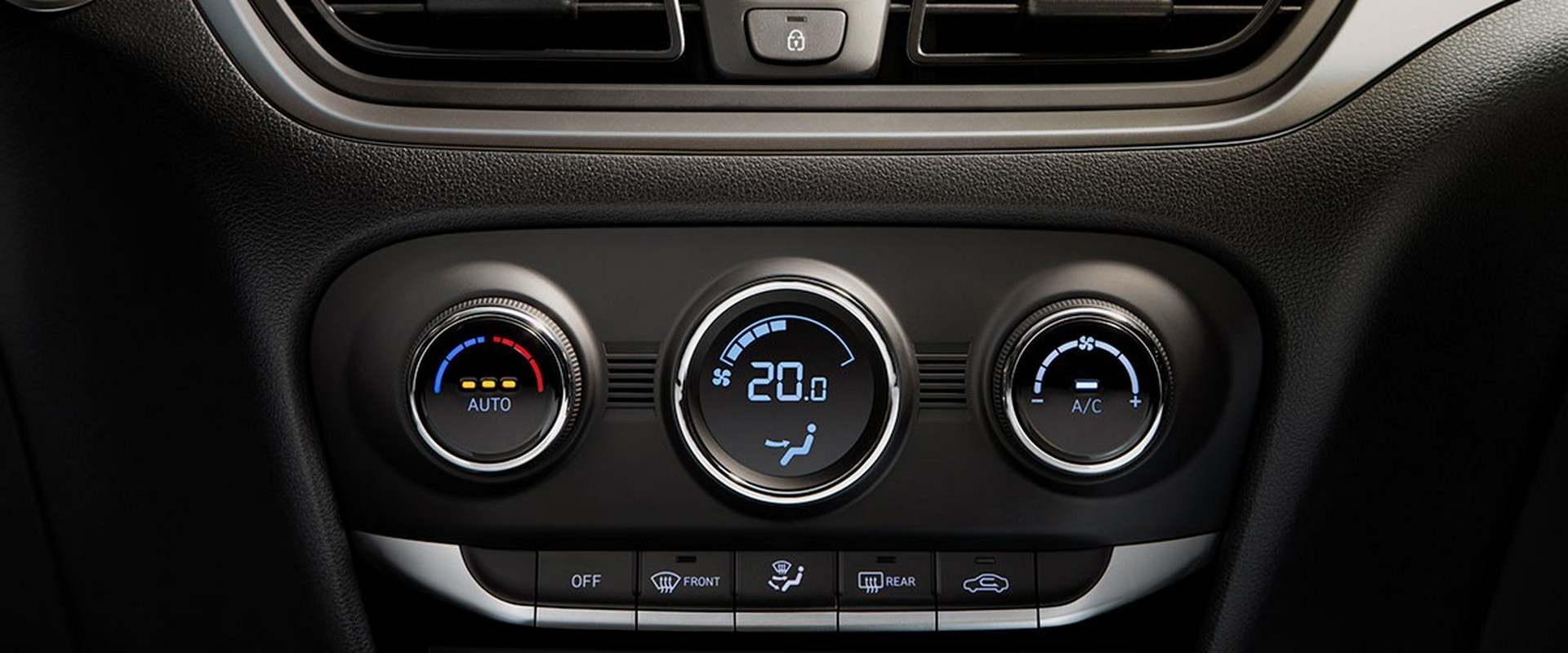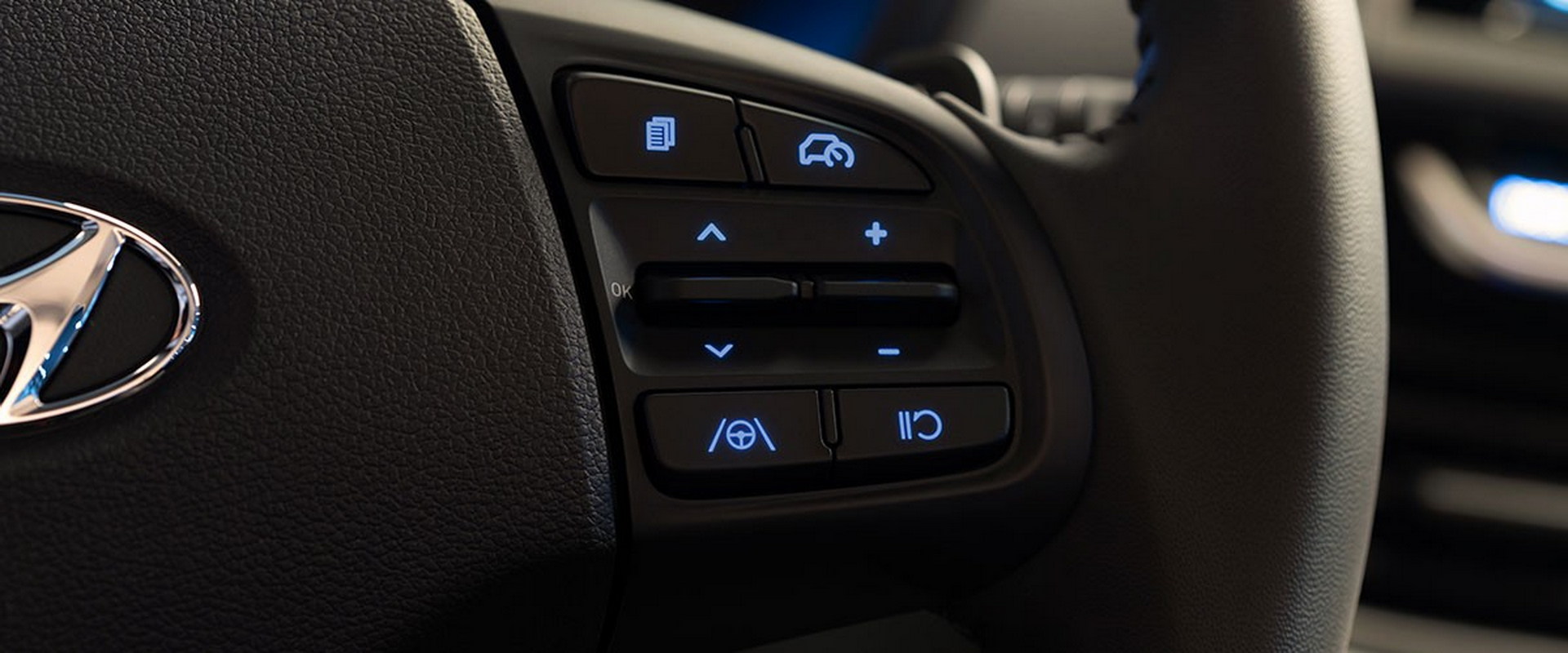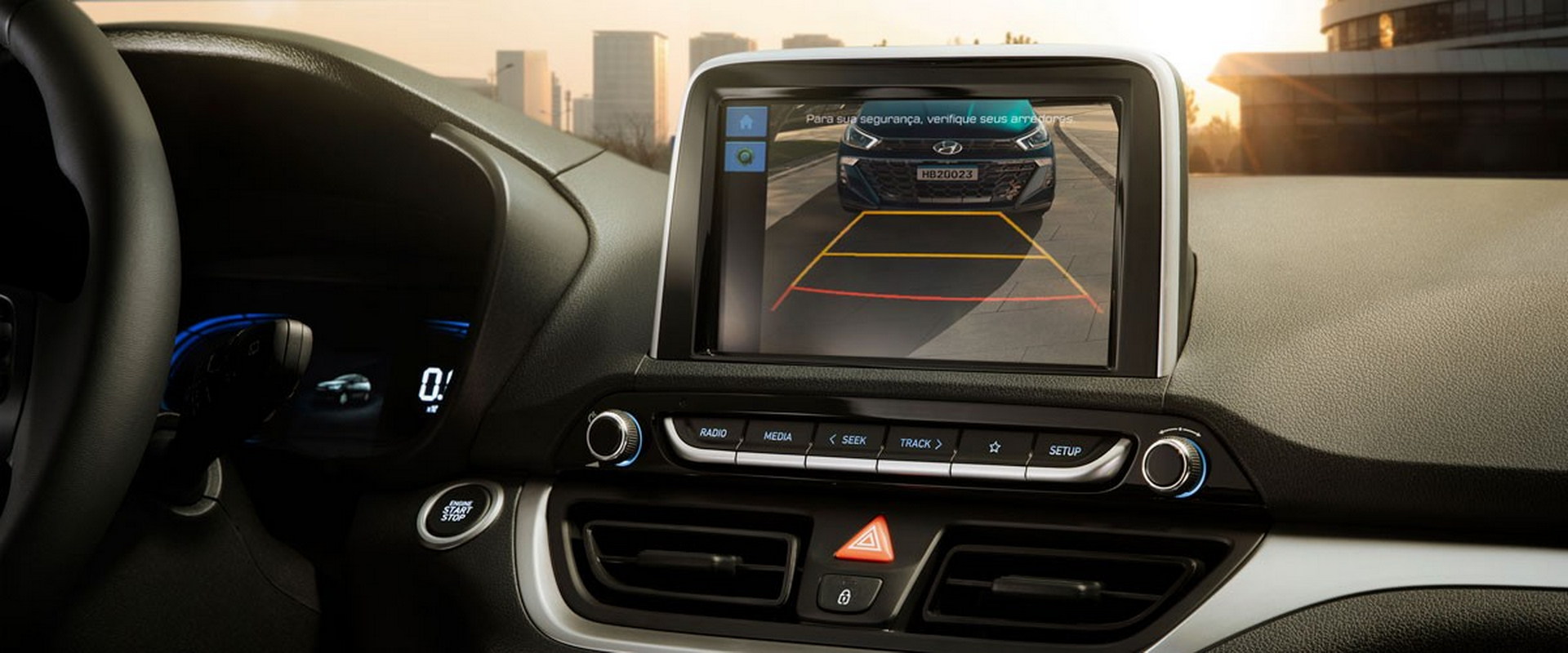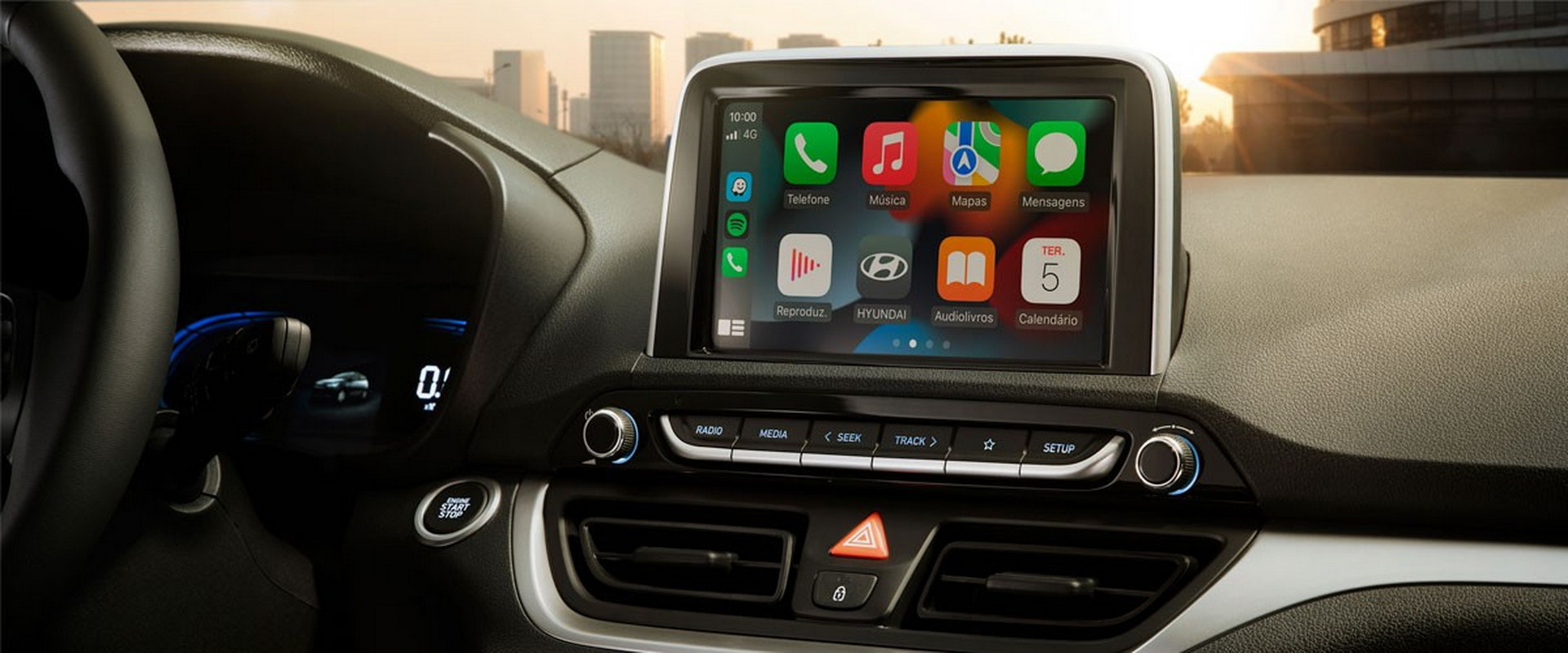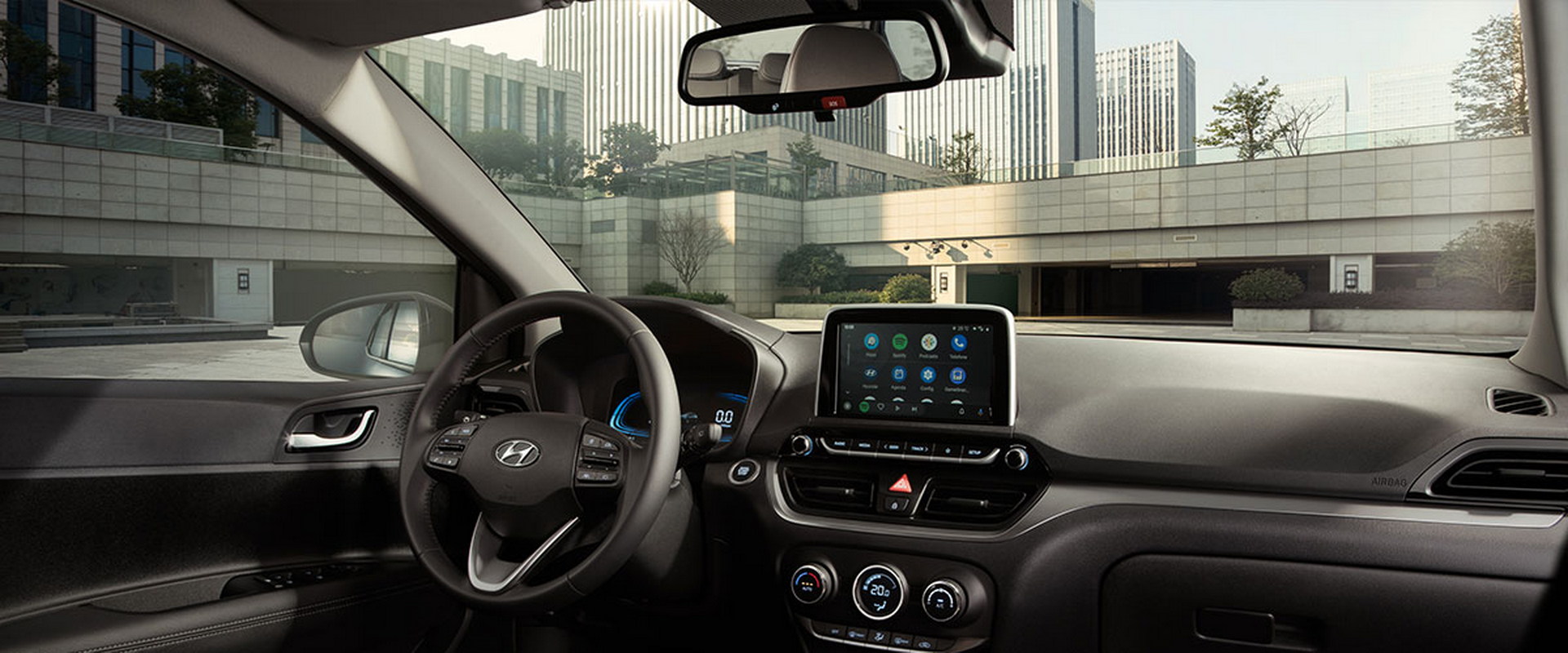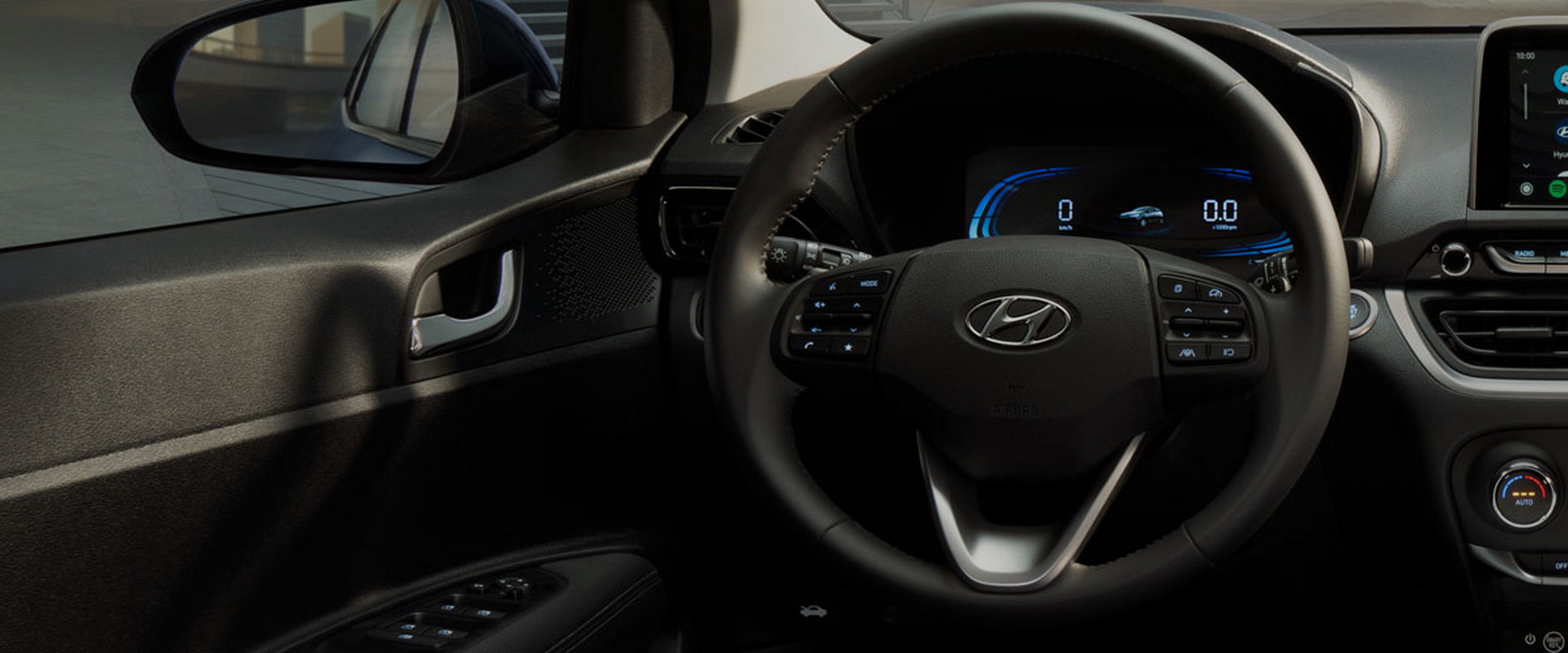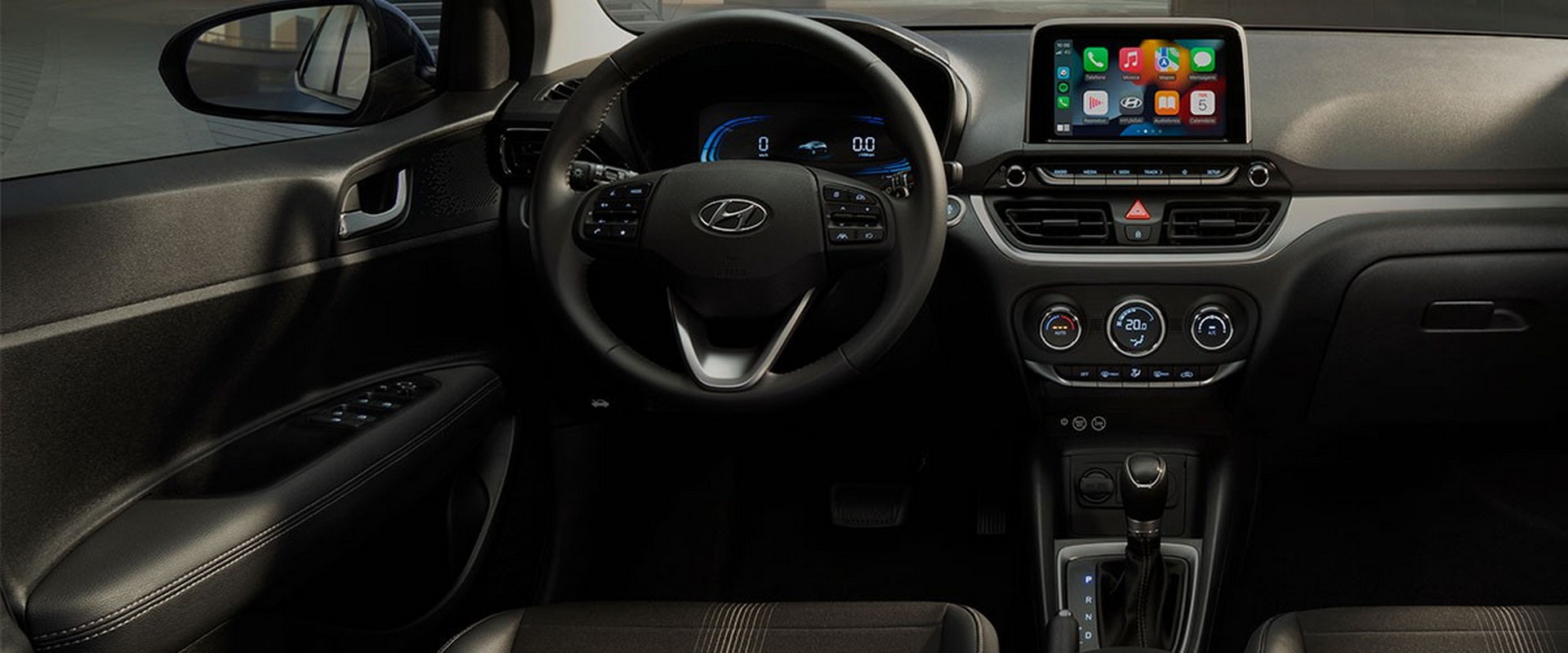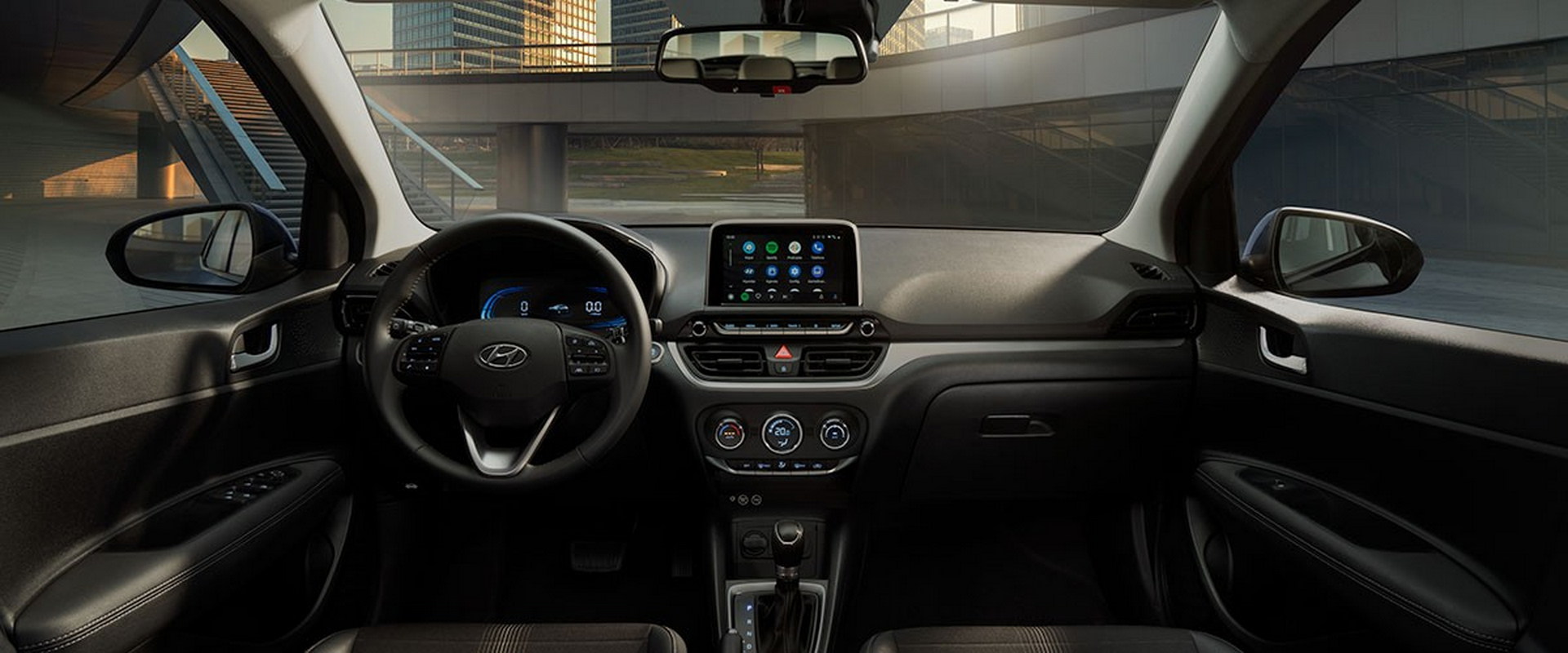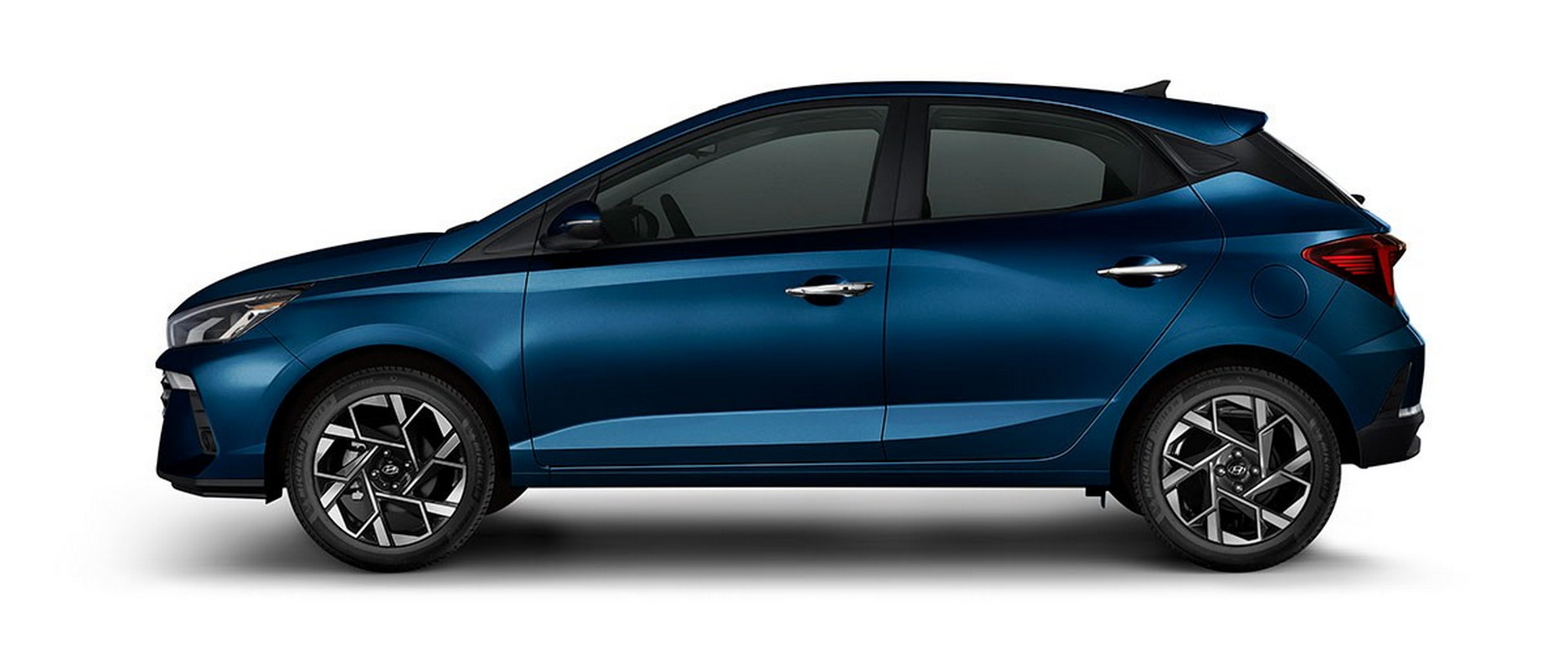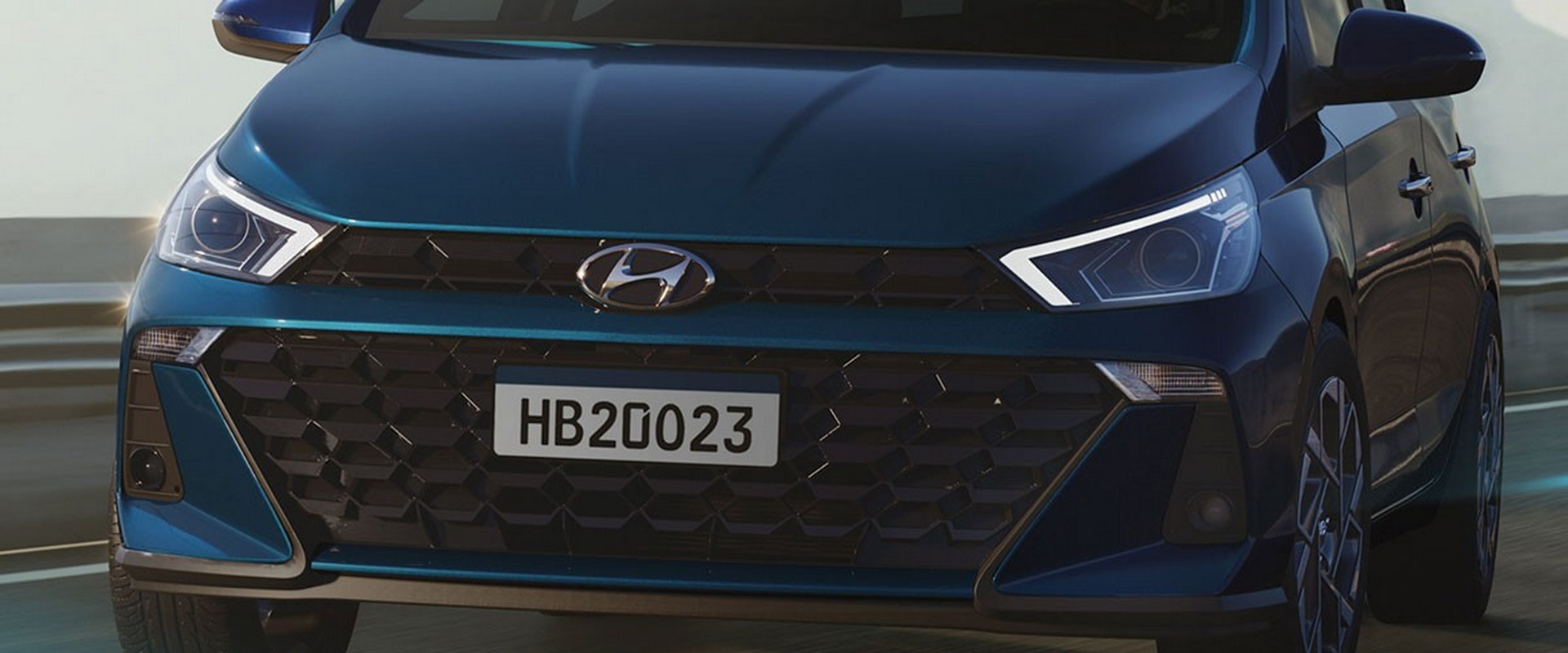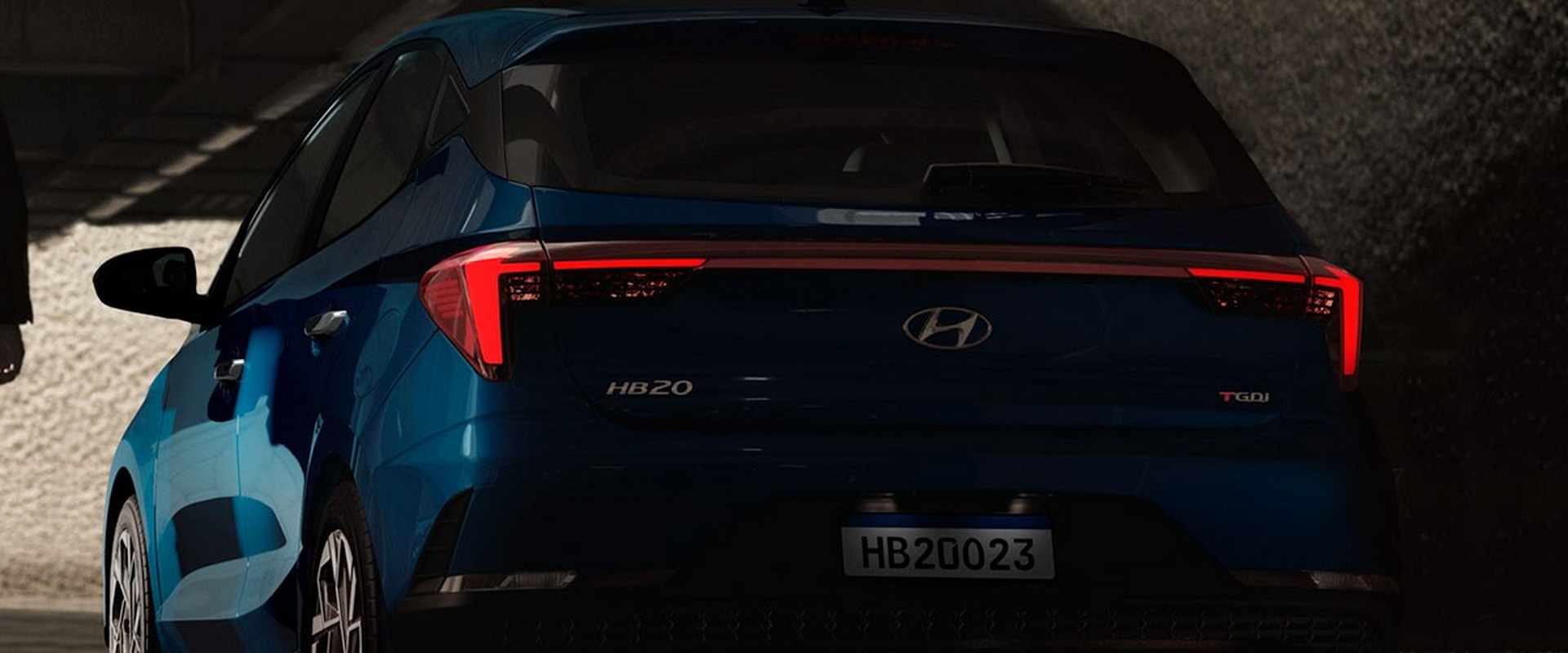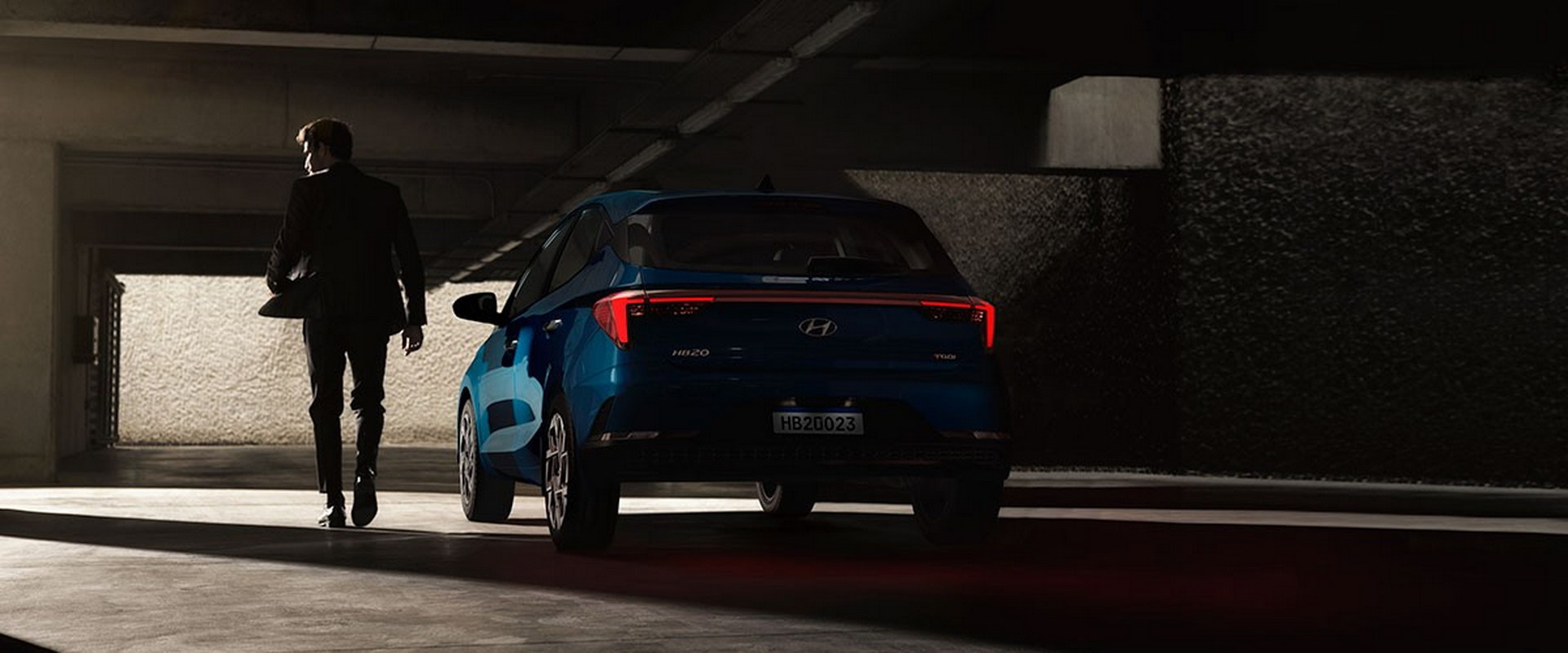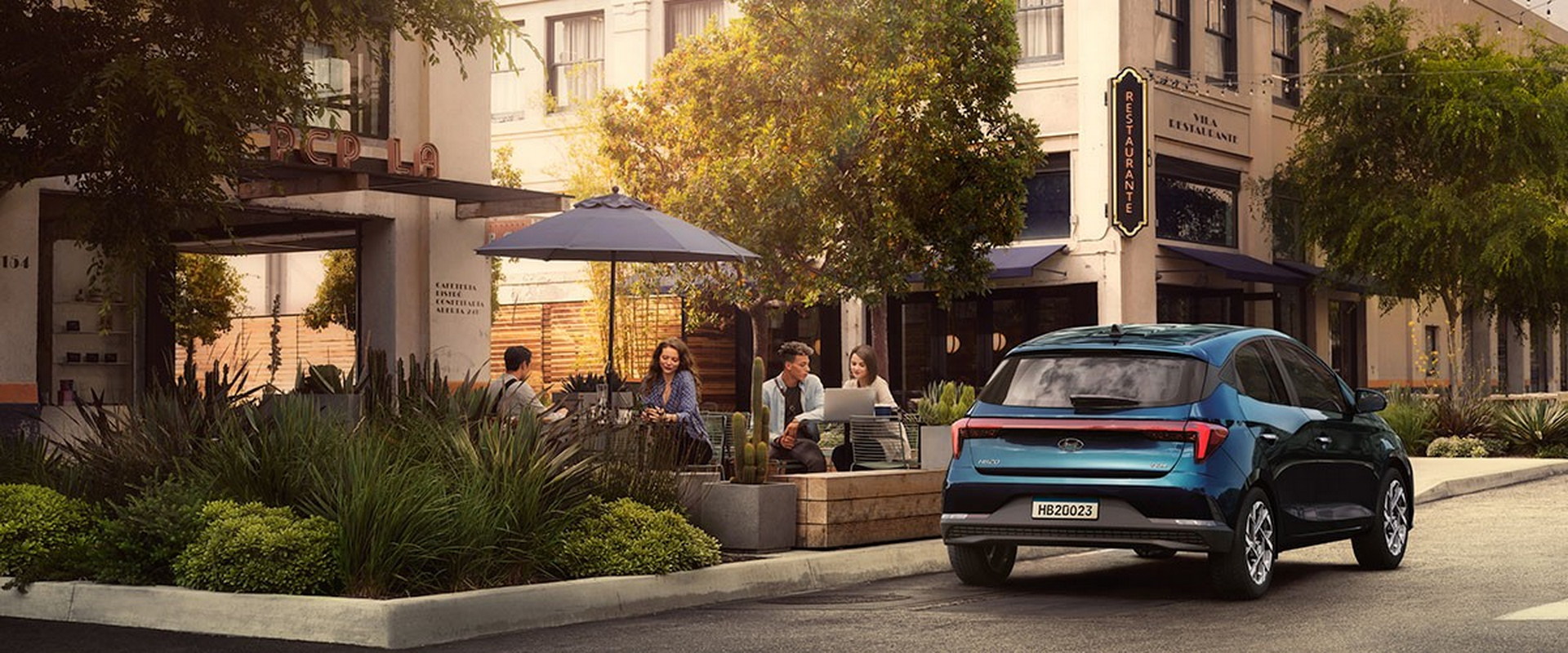Hyundai launched the facelifted HB20 in Brazil, featuring major design updates that bring the supermini closer to the automaker’s global design language.
The Hyundai HB20, developed exclusively for the Brazilian market, is an entirely different model from the Hyundai i20. The first generation of the HB20 was introduced in 2012, with the second-gen following in 2019. The 2022 facelift represents an important upgrade for the supermini which is the most popular passenger car in Brazil. Hyundai only published photos of the five-door hatchback (HB20), but the four-door sedan (HB20S) and the crossover (HB20X) are also expected to gain a similar treatment.
See Also: Hyundai Gives Creta Crossover A Sporty N Line Variant In Brazil
At the front, the HB20 gets a more angular look compared to its predecessor. The redesigned front bumper sports a massive grille extension and faux side intakes similar to the i20, with integrated turn signals and foglights. The bonnet is also styled after the i20 with a bump in the center.
Predictably, the profile retains the character line of its predecessor, dropping towards the back. The model also gets a new design for the 16-inch wheels and additional color options. The rear end is completely redesigned, with full-width LED taillights, a revised tailgate, and a new rear bumper.
Changes are less obvious inside the cabin, with a familiar look for the dashboard and the infotainment touchscreen which is up to 8 inches. High-end trims gain a new digital instrument cluster, alongside auto air condition, reversing camera, USB ports, a wireless charging pad, Android Auto / Apple CarPlay connectivity, remote control features (Bluelink), voice recognition, and a mixture of leather and fabric upholstery.
Following the poor performance of the model in the NCAP crash tests, the facelifted HB20 now comes standard with six airbags, traction control, ESP, and hill start assist. Optional features in the Hyundai SmartSense ADAS suite include lane-keeping assist, rear cross-traffic alert, and blind-spot assist among other systems.
The engine lineup of the facelifted HB20 includes two non-electrified widely-used 1.0-liter units, with the old 1.6-liter being discontinued. The entry-level naturally aspirated 1.0-liter Kappa MPi three-cylinder produces 79 hp (59 kW / 80 PS) and is exclusively mated to a five-speed manual gearbox. There is also the more potent turbocharged 1.0-liter TGDi three-cylinder producing 118 hp (88 kW / 120 PS) that is mated to either a six-speed manual or a six-speed automatic. All HB20 variants are front-wheel-drive.
The model is already available to order in Brazil, with prices starting from 79,290 Brazilian Real which translates to $14,603. Rival models of the Hyundai HB20 in the budget-friendly supermini segment include the Fiat Argo, the upcoming VW Polo Track, and the Chevrolet Onix.




